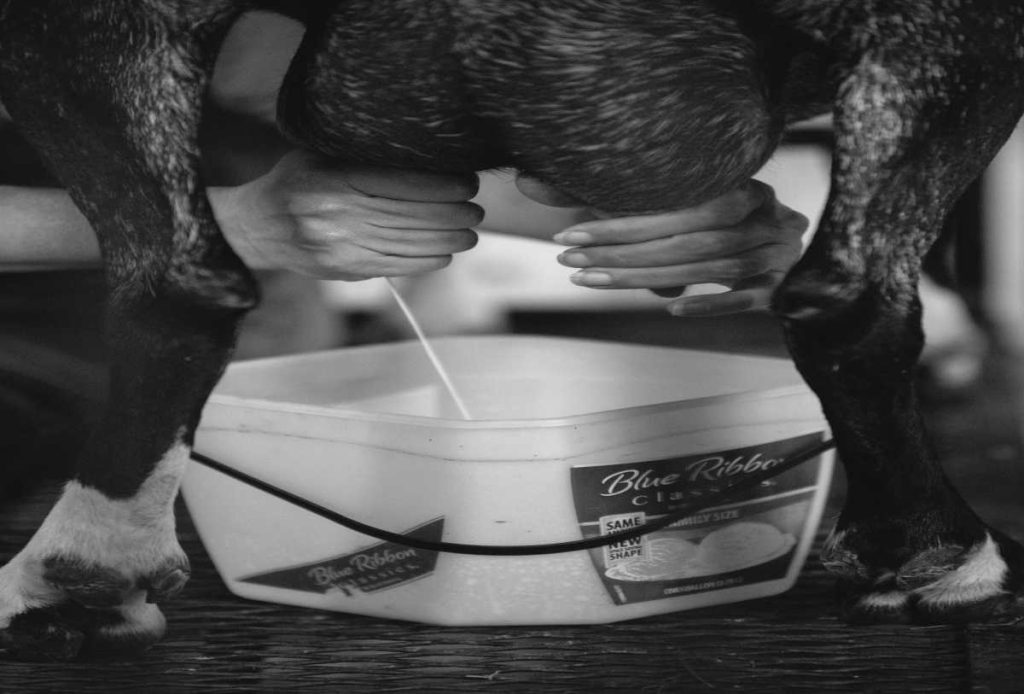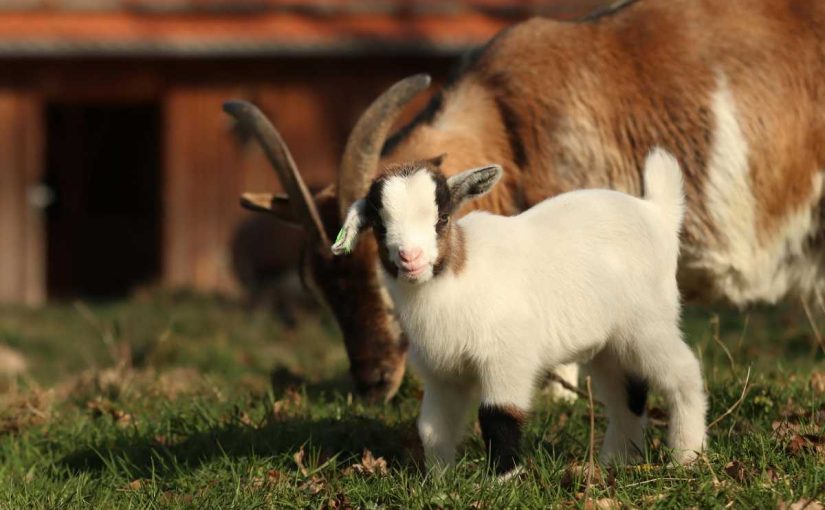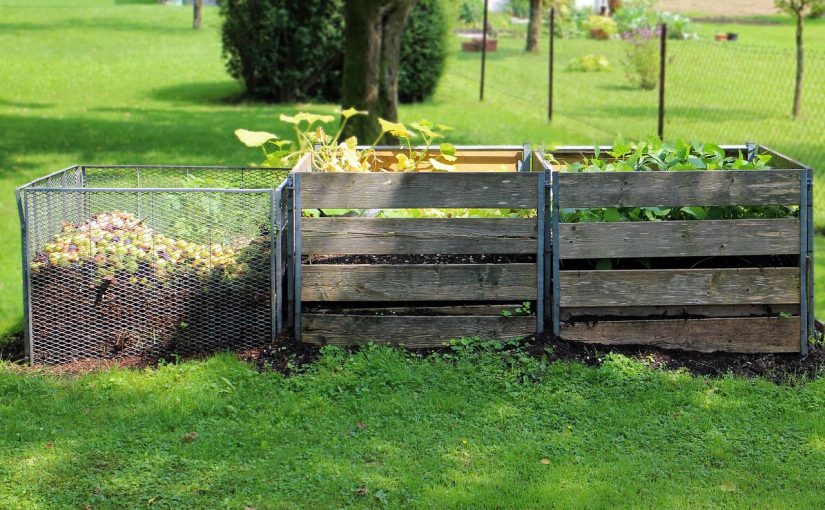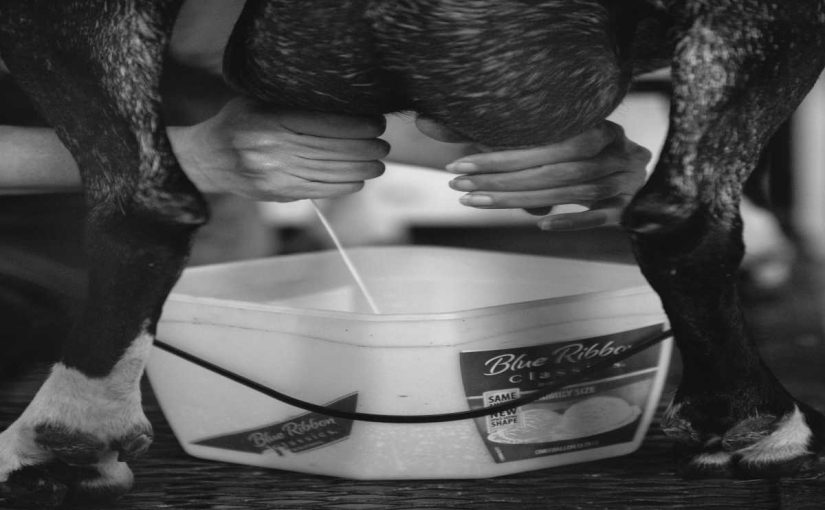Pasteurizing goat milk is a crucial process for ensuring its safety and extending its shelf life. Goat milk is a nutritious and versatile alternative to cow’s milk, rich in vitamins, minerals, and beneficial fatty acids. However, because it can harbor harmful bacteria, it’s essential to understand how to properly pasteurize goat milk and keep it fresh. In this comprehensive guide, we will explore the importance of pasteurization, step-by-step instructions for the process, and tips for storing goat milk to maintain its quality.
The Importance of Pasteurization
Pasteurization is the process of heating milk to a specific temperature for a set period of time to kill harmful bacteria and pathogens. This is particularly important for raw goat milk, which can be a potential source of foodborne illnesses if not handled properly. Pasteurization not only helps ensure the safety of the milk but also extends its shelf life, allowing you to enjoy the rich, creamy taste of goat milk without the risks associated with raw milk.
Key Benefits of Pasteurizing Goat Milk:
- Safety: Eliminates harmful bacteria like Salmonella, E. coli, and Listeria.
- Shelf Life: Increases the milk’s freshness and allows for longer storage.
- Flavor: Pasteurization can enhance the flavor by breaking down certain compounds in the milk.
Steps for Pasteurizing Goat Milk
Pasteurizing goat milk at home is a straightforward process, but it requires attention to detail to ensure safety and quality. Here’s a step-by-step guide to help you through the process:
Step 1: Gather Your Equipment
You will need the following items:
- A large pot: Make sure it’s clean and suitable for stovetop use.
- Thermometer: A food thermometer to monitor the temperature accurately.
- Ladle or whisk: For stirring the milk.
- Glass containers or bottles: For storing the pasteurized milk.
- Ice bath (optional): A large bowl filled with ice and water for rapid cooling.
Step 2: Prepare the Milk
- Start with fresh goat milk: Ensure the milk is fresh, cold, and stored properly. If you’ve just milked your goats, chill the milk quickly before pasteurizing.
- Transfer the milk: Pour the goat milk into the large pot, filling it no more than two-thirds full to allow space for bubbling.
Step 3: Heat the Milk
- Slowly heat the milk: Place the pot on the stove over medium heat. Stir the milk gently to prevent scorching at the bottom.
- Monitor the temperature: Use your thermometer to keep track of the temperature. Heat the milk until it reaches at least 145°F (63°C).
- Hold the temperature: Once the milk reaches 145°F, maintain this temperature for 30 minutes. This low-temperature pasteurization method (also known as LTLT) is effective for killing bacteria while preserving the milk’s flavor and nutrients.
Step 4: Cool the Milk
- Rapidly cool the milk: After 30 minutes, it’s essential to cool the milk down quickly. You can either:
- Remove the pot from the heat and place it in an ice bath, stirring gently to help it cool.
- Pour the hot milk into smaller containers and place them in the ice bath to cool down more quickly.
- Cool to 40°F (4°C): Ensure the milk reaches this temperature as quickly as possible to prevent bacterial growth.
Step 5: Store the Milk
- Transfer to containers: Once the milk is cool, pour it into clean glass containers or bottles. Ensure the containers are sanitized to avoid contamination.
- Seal and label: Seal the containers tightly and label them with the date of pasteurization. This will help you keep track of freshness.
- Refrigerate immediately: Store the pasteurized goat milk in the refrigerator. It should remain fresh for about 7-10 days, but always check for signs of spoilage before consuming.
Keeping Goat Milk Fresh
Proper storage is key to maintaining the quality of your pasteurized goat milk. Here are some best practices for keeping your milk fresh:
1. Refrigeration
- Always keep goat milk refrigerated at a temperature below 40°F (4°C). Use a thermometer to ensure your refrigerator is at the correct temperature.
2. Avoid Temperature Fluctuations
- Minimize the opening of the refrigerator door to maintain a consistent temperature. Frequent temperature changes can encourage bacterial growth.
3. Use Clean Containers
- Store the milk in clean, sanitized containers. Avoid using plastic containers that can leach chemicals into the milk over time.
4. Limit Exposure to Light
- Store your goat milk in opaque containers or in a dark part of the fridge to limit exposure to light, which can degrade the milk’s quality.
5. Keep It Covered
- Always keep the milk covered to prevent contamination from other foods and odors in the refrigerator.
6. Check for Spoilage
- Before consuming, check for signs of spoilage, such as off odors, changes in color, or curdling. When in doubt, it’s best to discard the milk to avoid health risks.
Additional Tips for Goat Milk Handling
- Regularly Clean Equipment: Ensure that all equipment used for milking and pasteurizing is thoroughly cleaned and sanitized to prevent contamination.
- Keep Goats Healthy: Maintaining the health of your goats is essential for producing high-quality milk. Regular veterinary check-ups and proper nutrition contribute to their overall well-being.
- Experiment with Flavors: Once you’re comfortable with pasteurizing goat milk, try experimenting with different flavors by adding vanilla, cocoa, or other flavorings during the pasteurization process.
Conclusion
Pasteurizing goat milk is a straightforward and essential process that enhances its safety and shelf life. By following the steps outlined above, you can enjoy the numerous benefits of goat milk while ensuring that it remains fresh and safe for consumption. With proper handling and storage techniques, you can savor the delicious, creamy goodness of goat milk for days to come.
Whether you’re using it in recipes, enjoying it plain, or making cheese, pasteurized goat milk offers a wealth of culinary possibilities. Embrace the joy of goat milk, and feel confident in your ability to keep it fresh and delicious!
Happy milking and enjoy your goat milk adventures!




